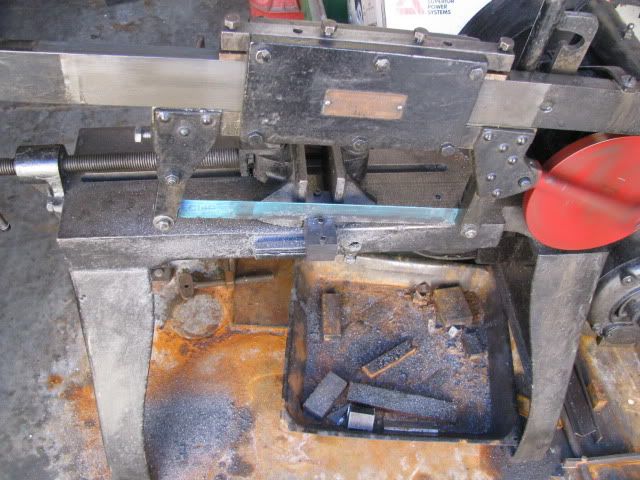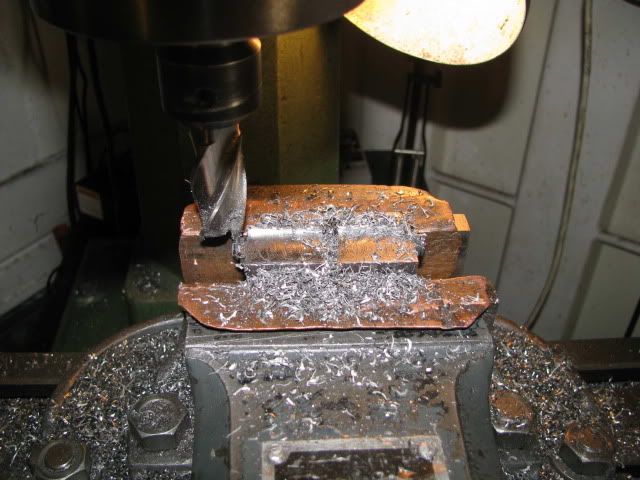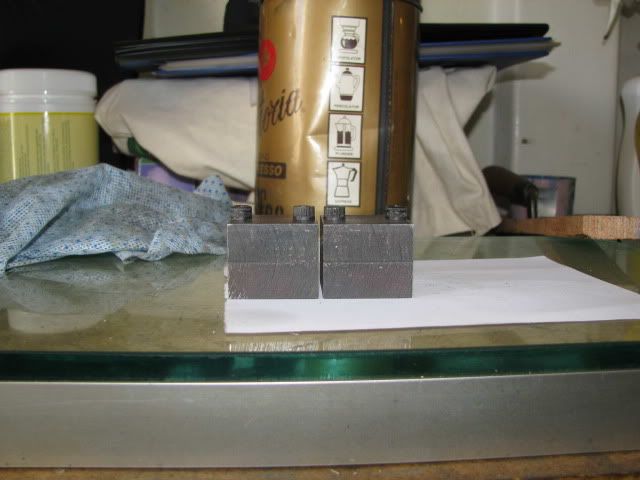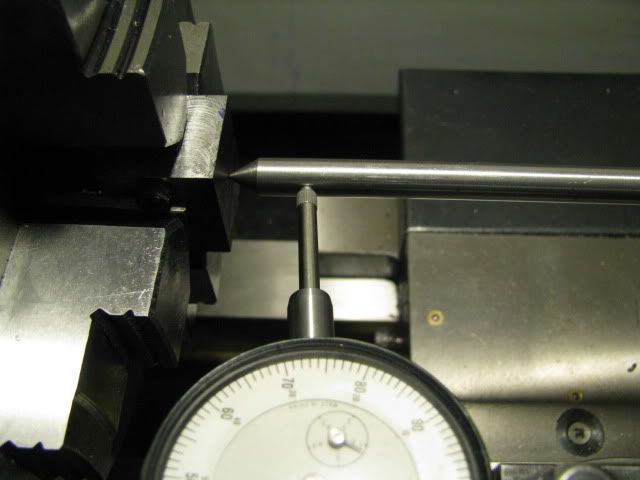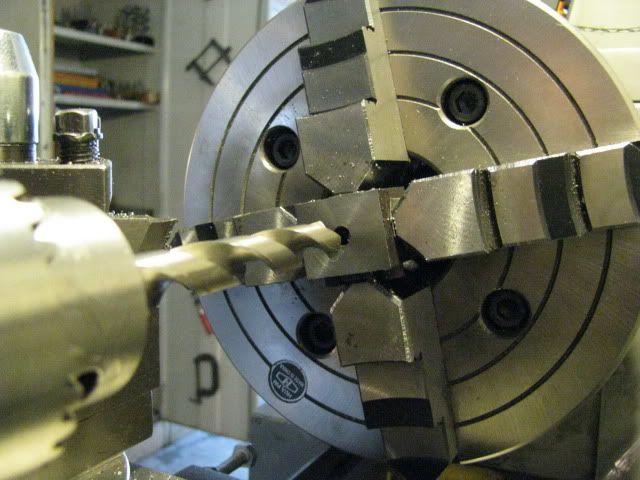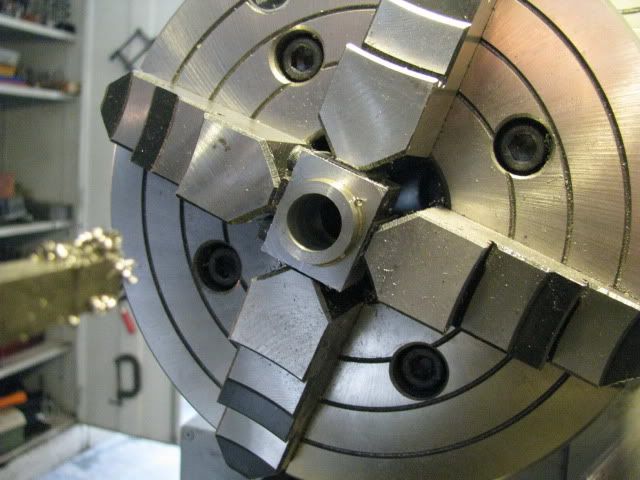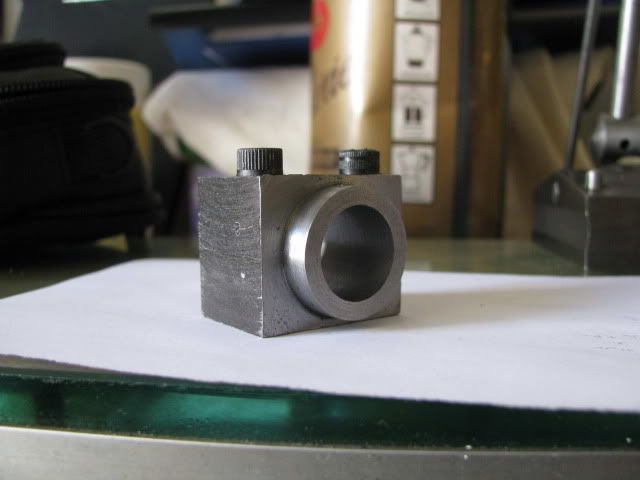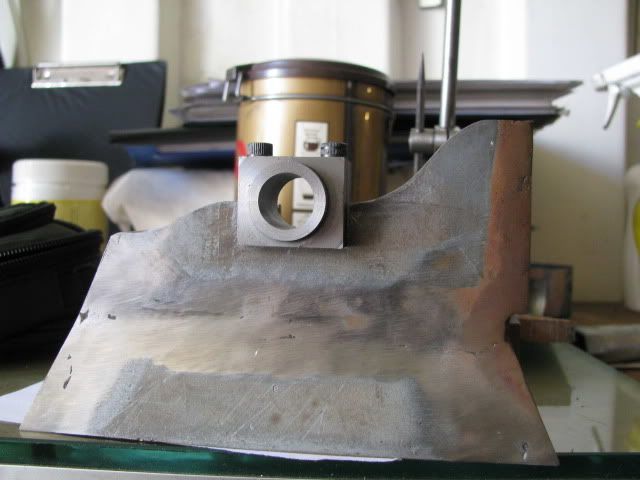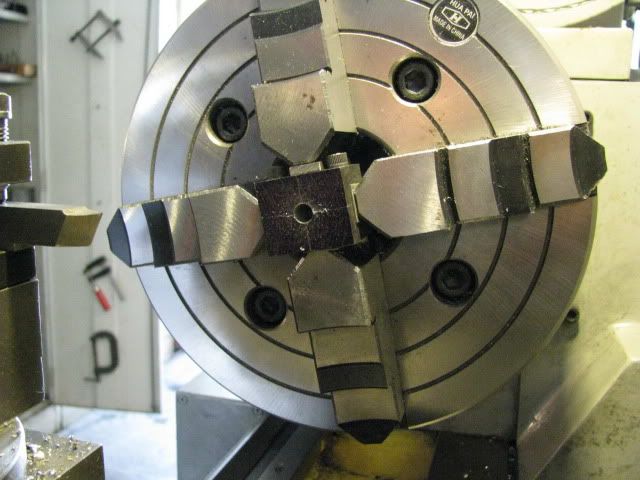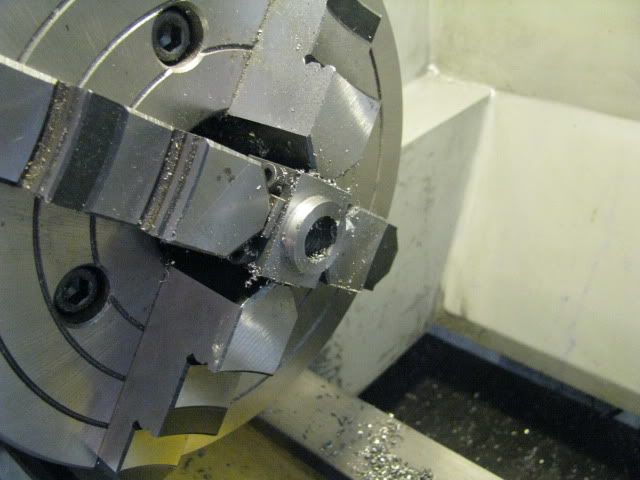- Joined
- Jan 17, 2009
- Messages
- 887
- Reaction score
- 81
Hi Bob
Did you heat the bottom half and cool it slowly to let down the hardness of the broken tap so you could drill it out,
If so I guess it work.
Nice work watching progress with great interest.
Have fun
Stew
Did you heat the bottom half and cool it slowly to let down the hardness of the broken tap so you could drill it out,
If so I guess it work.
Nice work watching progress with great interest.
Have fun
Stew





